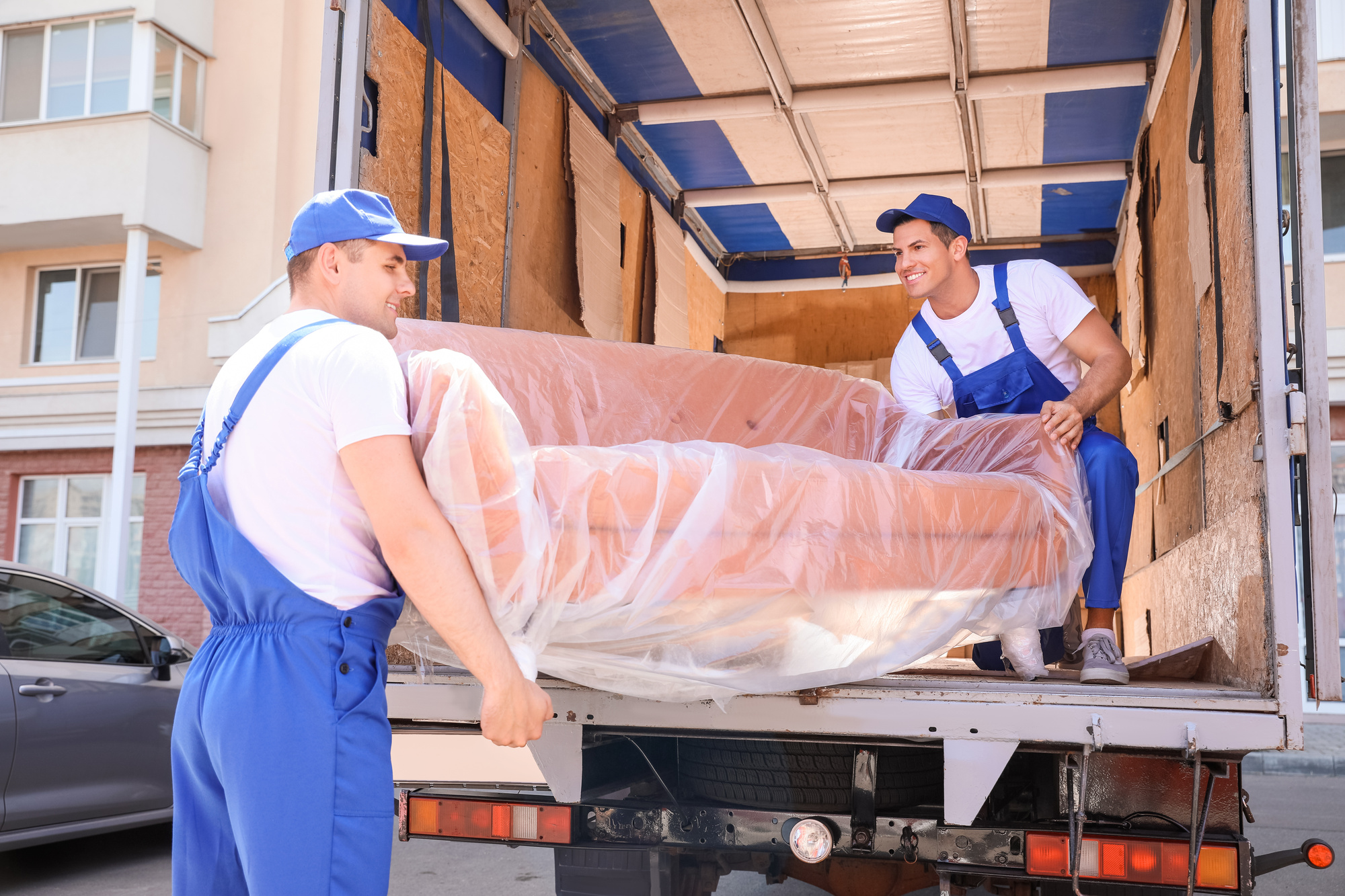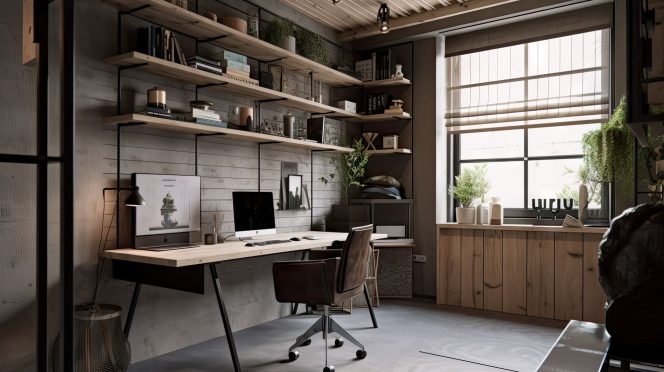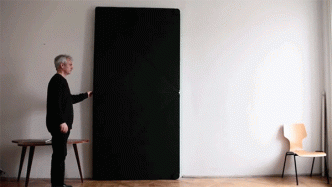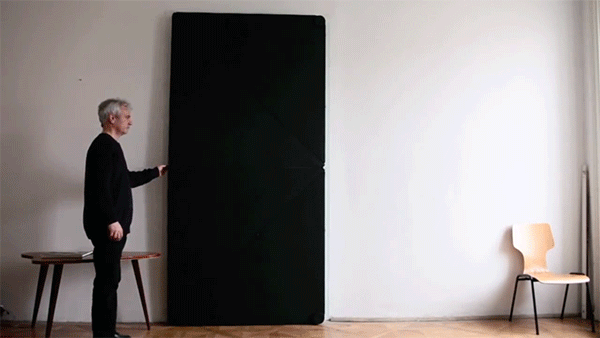Shipping furniture can be like navigating a tricky maze. Think about your favorite comfy sofa. It’s bulky and heavy, right? Now imagine trying to fit it through a small doorway, into a moving truck, and then carrying it all the way to a new home across the country. Plus, what if it rains or the car hits a pothole?
These are just a few of the challenges involved in shipping furniture. Professionals have to think about everything from weather conditions to road bumps while ensuring your items aren’t scratched or damaged. It’s a tough job, but it can be done right with careful planning and smart packing!
Here are five critical steps to follow and three pitfalls to dodge, ensuring your furniture arrives in excellent condition:
Dos
To ensure your furniture arrives safely, there are specific steps to follow. Here are the crucial ‘dos’ for packing your furniture, making the shipping process smoother and more secure:
1. Hire Packing Specialists
In situations involving valuable or bulky furniture, you can’t overlook the importance of professional assistance. Packing specialists possess the skills and tools to crate and pack your items safely. They’ll evaluate the furniture, strategize the best method to pack it and execute that plan meticulously.
Your precious antique cabinet or pricey leather sofa isn’t an object for experimentation. Professionals handle such items daily and are familiar with the potential challenges. From ensuring adequate padding to navigating narrow doorways, their on-site packing solutions will prove invaluable.
Moreover, they’ll ensure your furniture complies with shipping regulations. There’s comfort in knowing that your treasured pieces are in the hands of seasoned pros, substantially reducing the likelihood of mishaps.
2. Invest In Quality Packing Materials
Opting for quality packing materials is a decision you won’t regret. Cheap, substandard materials can compromise the safety of your furniture during transit, leading to unsightly scratches or even structural damage.
Bubble wrap, for instance, offers excellent protection, especially for delicate parts like glass panels or intricate woodwork. Similarly, investing in sturdy boxes or customized crates provides an external shield, guarding your furniture against external pressures.
Remember, quality materials will stand the test of weight, movement, and time. You’re not just packing for a trip across town but potentially across countries. The trip might be long, and your packing materials must withstand the journey.
3. Disassemble Large Items When Possible
When it comes to bulky items like beds, wardrobes, or tables, disassembling them can make the moving process smoother. Not only does it make things easier to handle, but it also reduces the risk of damage during transit.
Begin by carefully removing detachable parts such as drawers, shelves, or legs. Be sure to label each component clearly and keep all small parts, like screws or bolts, in a safe, labeled bag.
Reassembling might seem daunting, but you’ll find it manageable with clear labeling and careful tracking of the parts. After all, it’s preferable to spend time reassembling furniture rather than dealing with the heartache of damaged items.
4. Protect And Secure All Fragile Parts
It’s essential to provide extra protection to the fragile components of your furniture. These are usually the parts most likely to suffer damage during transit.
A practical way to protect delicate parts is using bubble wrap or soft packing paper. Not only do these materials offer excellent cushioning, but they also prevent scratches or other superficial damage.
Securely wrapping corners, glass, and decorative elements can mean the difference between your furniture arriving intact or in pieces. It’s worth spending the extra time to ensure these vulnerable parts are well-protected.
5. Clearly Label Each Package
This might seem like a minor detail, but it plays a massive role in your furniture’s safe transit and arrival. Clearly labeling each box, bag, or wrapped part helps the movers understand how to handle them.
Use markers to indicate which side should be up, where the fragile parts are, or whether the package contains glass. These indications will guide those handling your items, reducing the risk of mishandling.
Don’ts
Avoiding common mistakes is vital to successful furniture shipping. Explore the critical ‘don’ts’ to ensure your valuable pieces reach their destination safely and undamaged.
1. Don’t Rush The Packing Process
Rushing the packing process is a surefire recipe for disaster. Quality packing requires a significant amount of time and attention to detail. From properly disassembling furniture to securing fragile parts, each step must be carried out with utmost care.
Remember, it’s not a race against time but a mission to ensure the safe arrival of your furniture. Allow yourself plenty of time to pack effectively, and you’ll thank yourself when your furniture arrives damage-free.
2. Don’t Overlook The Importance of Insurance
Shipping furniture, especially valuable or sentimental pieces, without insurance is a risk you wouldn’t want to take. Insurance offers financial protection should your items get damaged or lost during transit.
Although you’d rather not imagine the worst-case scenario, it’s better to be prepared than regretful. Always discuss insurance options with your shipping company to understand what is covered and the process for claims.
3. Don’t Leave Empty Spaces In Boxes
Empty spaces in your boxes or crates can cause your furniture parts to shift during transit, potentially leading to damage. Use packing materials like bubble wrap, packing paper, or foam peanuts to fill these voids.
By filling the gaps, you create a snug environment for your items, reducing the risk of them moving about. Think of it as a cozy nest for your furniture pieces during their journey.
Conclusion
Successfully shipping furniture requires careful planning, quality materials, and expert packing. While the process may seem daunting, following these dos and don’ts can make it considerably less stressful.
Remember, your furniture’s safety should be your priority. If in doubt, seeking professional packing assistance can ensure a smoother and safer shipping process. Happy packing and shipping!














